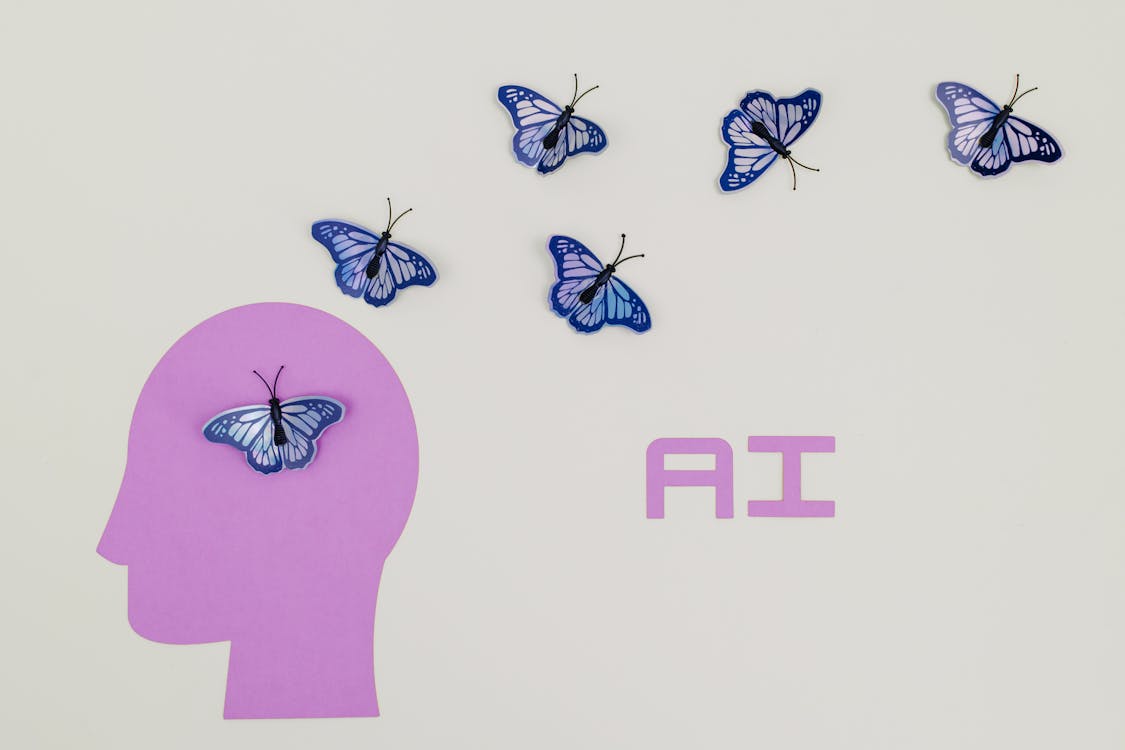Cryptocurrency has become a popular investment choice in recent years, with the emergence of blockchain technology and the rise of digital currencies like Bitcoin, Ethereum, and others. One of the biggest challenges facing cryptocurrency investors is predicting future price movements. This is where artificial intelligence (AI) and neural networks can play a crucial role.
AI and neural networks can be used to analyze cryptocurrency prices, identify patterns, and make predictions about future price movements. In this article, we will explore how AI and neural networks work and how they can be used to analyze cryptocurrency prices.
What is AI?
AI is a branch of computer science that deals with the development of intelligent machines that can perform tasks that typically require human intelligence. These tasks can include learning, problem-solving, perception, reasoning, and decision-making. AI systems can be trained to recognize patterns in data and make predictions based on that data.
What are Neural Networks?
Neural networks are a type of AI that are modeled after the structure of the human brain. They are composed of interconnected nodes or neurons that are organized into layers. Each neuron takes an input, processes it, and produces an output that is passed to the next layer of neurons. By adjusting the strength of connections between neurons, neural networks can learn to recognize patterns in data and make predictions based on that data.
Using AI and Neural Networks to Analyze Cryptocurrency Prices
To analyze cryptocurrency prices using AI and neural networks, we need historical price data as input. The neural networks can be trained on this data to learn the patterns and relationships between various factors that affect the price of a given cryptocurrency. These factors may include market trends, news events, trading volumes, and more.
Once the neural network has been trained, it can be used to make predictions about future price movements based on new data. For example, if there is a sudden increase in trading volume, the neural network may predict that the price of a given cryptocurrency will rise in the near future.
There are several different approaches to using AI and neural networks to analyze cryptocurrency prices. One approach is to use a supervised learning algorithm, where the neural network is trained on historical price data and associated labels indicating whether the price increased, decreased, or remained stable over a given period. The neural network can then be used to predict future price movements based on new data.
Another approach is to use an unsupervised learning algorithm, where the neural network is trained on historical price data without any labels. The neural network will learn the patterns and relationships in the data on its own and can be used to make predictions about future price movements.
Challenges and Limitations
While AI and neural networks show promise for analyzing cryptocurrency prices, there are also several challenges and limitations to consider. One challenge is the high volatility of cryptocurrency prices, which can make it difficult to accurately predict future price movements. Additionally, there may be unexpected events or factors that can affect the price of a cryptocurrency, making it difficult for AI and neural networks to accurately predict price movements.
Conclusion
Overall, using AI and neural networks to analyze cryptocurrency prices shows promise for investors looking to make informed investment decisions. By analyzing historical price data and identifying patterns and relationships, neural networks can make predictions about future price movements. However, it is important to keep in mind the limitations and challenges of this approach and to use it in conjunction with other analysis techniques. As the cryptocurrency market continues to evolve, we can expect to see further advancements in AI and neural network technology for cryptocurrency analysis.

Comments
Post a Comment